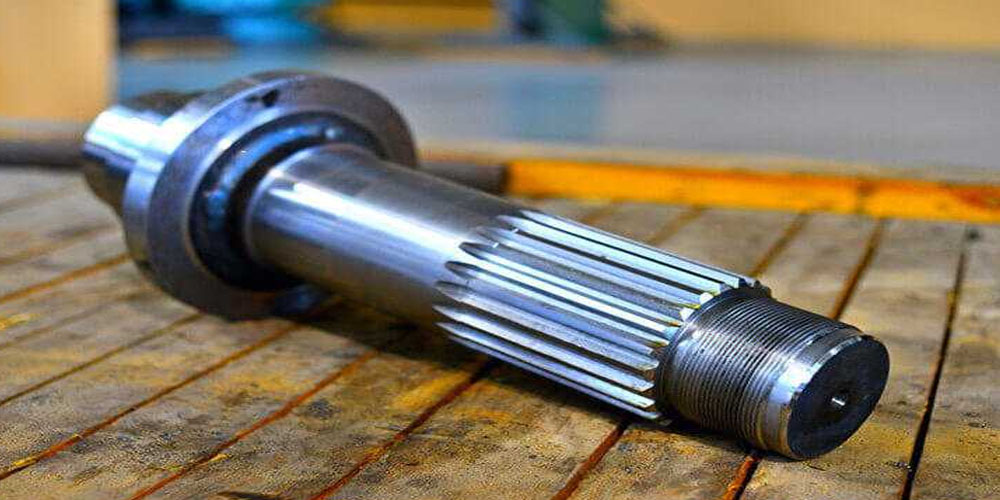With the use of forging, the vast majority of metals may be fashioned and fabricated. All metals can be impacted by heat waves and compression, therefore as the method has been evaluated and gotten better the number of metals has been steadily increasing.
Due to its capacity to generate pieces with high mechanical properties while generating little waste, forging is extensively utilized. The process’ goal is to deform metals into an appropriate geometry, thereby providing metal resistance to fatigue and durability.
The most often utilized metals are carbon, alloyed, and stainless steel, though other metals can be forged. By employing any shape of metal, forging can generate an immense amount of components successfully and affordably. For obtaining the details regarding the forging and its method just go URL and the step-by-step process will be described.
Method of Forging Process
Forging is an ancient technique that has been used to mold metal into many different shapes. Due to technological advancements and the production of new metals, forging has changed but still mostly maintains its original shape. Whatever the technique, forging involves shaping metal. Despite appearing to be similar, the fundamental processes alter.
Selection of the Metal
Which forging technique is employed will be greatly influenced by the type of metal. Despite the fact that metals vary in weight, tensile strength, and capacity for deformation, almost all of them can be forged.
Forging processes frequently involve the use of metals including nickel, titanium, cobalt, brass, aluminum, copper, stainless steel, and carbon.
Forging
What kind of impact and compression operation is employed depends on the metal. While lighter, more malleable metals like aluminum, brass, and copper can be cold forged, heavier metals need to be heated up first. Its key component, whether the process is hot or cold, is the application of some kind of force with a hammer, mold, or heavyweight.
Annealing Process
The transformation of a metal’s physical properties and shape during annealing is a crucial phase in the forging process. The purpose of annealing is to increase ductility and decrease hardness in order to make the metal more workable. Throughout the process of annealing, the metal is heated greater than its recrystallization temperature and maintains this temperature across the working procedure. The metal’s kind will determine how quickly it cools during annealing.
Molding
After becoming flexible, the metal is formed, organized, and worked to produce the necessary formation. This stage of the procedure could involve hammering, grinding, molding, compressing, and bending depending on the method selected. Using a variety of stress procedures, the metal is shaped into the desired design regardless of the forging technique.
Hardening
The process chosen impacts how tough the forged component will become. Working the workpiece in cold forging makes it harder, which reinforces the plastic deformation. The metal is strengthened and made harder through recrystallization during hot forging, which prevents this.
In order to maintain the geometry of the forged item, the metal’s grain structure is changed during forging. Better mechanical properties and fatigue resistance are the results of cold forging.
Tempering
The metal is made stronger by the tempering process. Heating, shaping, chilling, and reheating are all steps in the tempering process that result in stress. Tempering the metal allows for increased ductility and reduced brittleness without sacrificing hardness in forged items.
Products that have been subjected to tempering are stronger, more resilient, wieldable, and ductile. This toughness is essential for parts that will be exposed to harsh environments and high usage, and one facet of it is greater resistance to wear and abrasion.
Final Completion
The vast majority of goods constructed through forging might be created in other ways. Because the results from forging are more durable and strong than those from other processes, forging is chosen. Due to their improved impact and shearing strength, the completed products are more practical and long-lasting.
Final Words
Pressure is applied during the forging process to cause the plastic to deform into a metal blank, allowing for the production of specified mechanical properties, forms, and dimensions. Forging remains a critical stage in the majority of metalworking manufacturing processes even though it is an extremely old technique.
